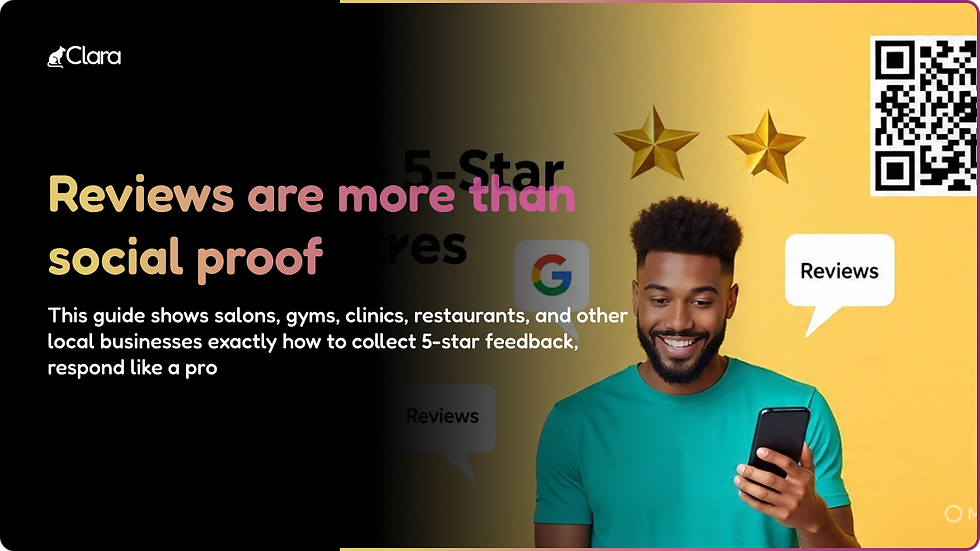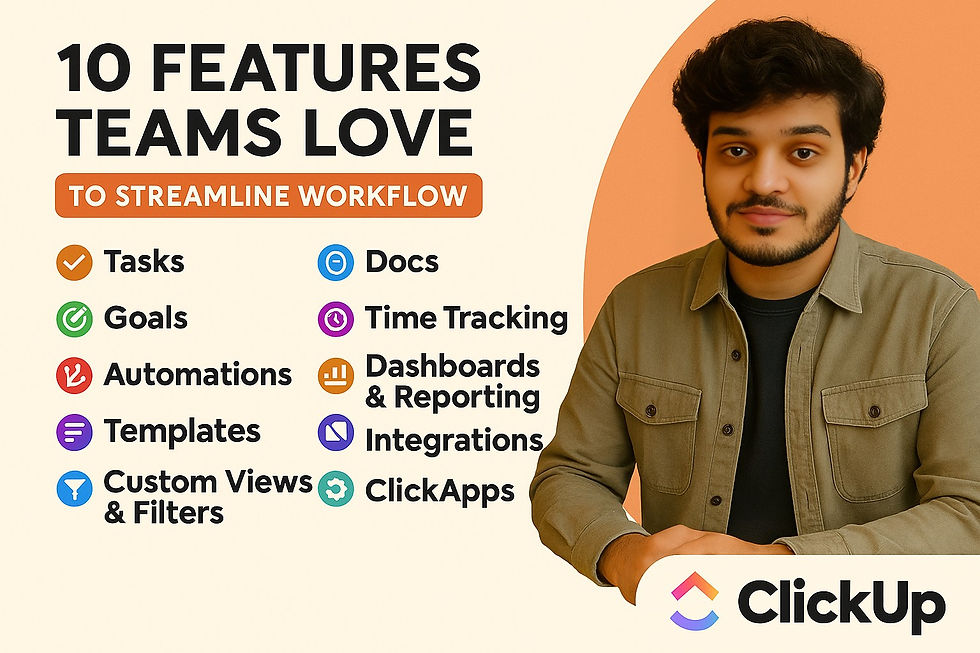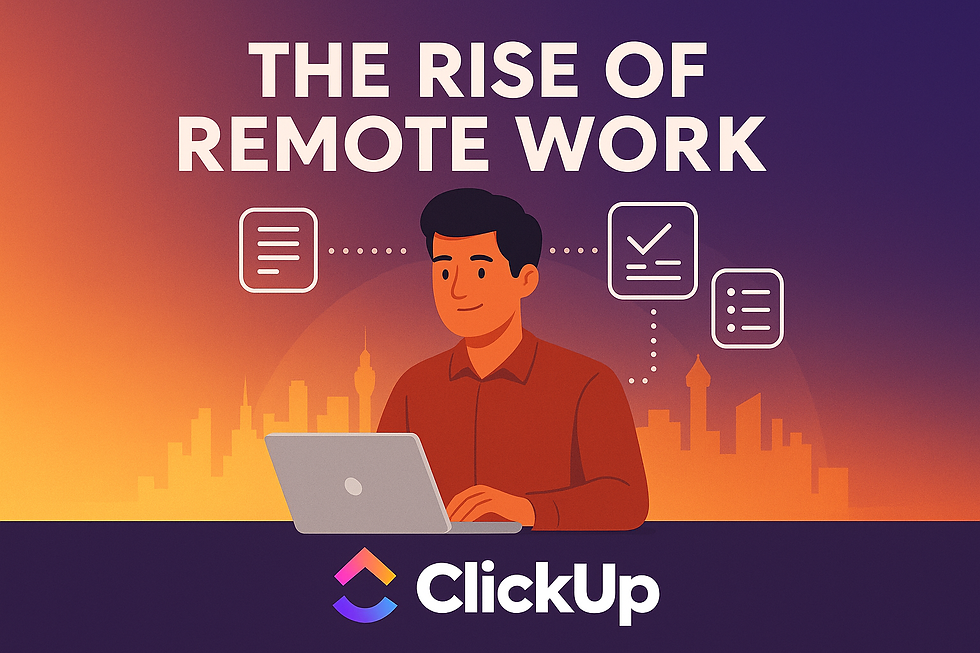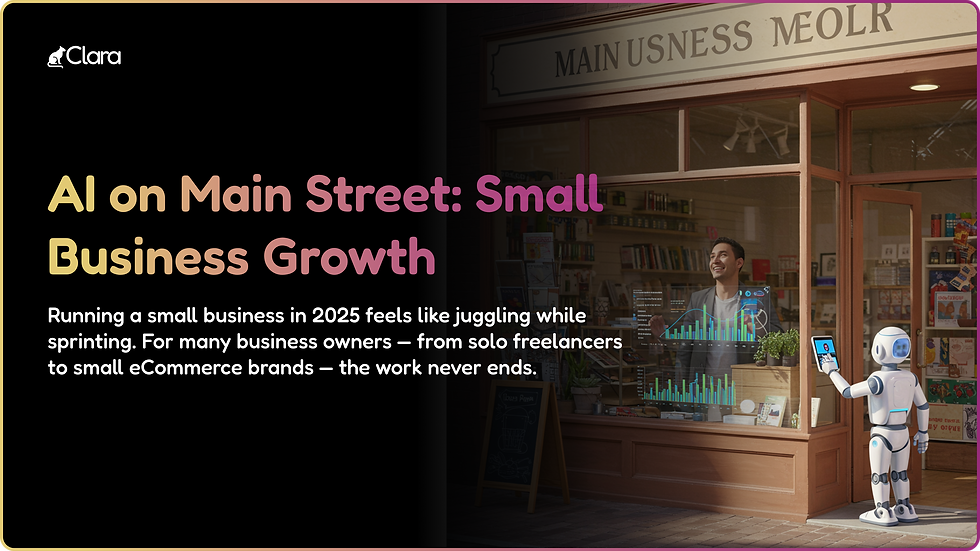- Dravya Bansal
- Sep 12, 2023
- 9 min read
Starting an online store may seem like a daunting task, but it can be rewarding and insanely profitable when done right.
A good e-commerce website builder can help you tackle the hassles of e-commerce and get you set up with a beautiful online store, fast. That way, you can impress customers and start making sales immediately. Click here to start selling online now with Shopify
There are many easy-to-use website builders for online stores that can help you stand out.
This guide provides a list of the best e-commerce website builders available. Since you have specific needs for your e-commerce business, there’s also a rundown of each website builder’s most useful features to help you select the right one for you.
11 best e-commerce website builders
Shopify: Best all-in-one e-commerce and retail platform
Square Online: Offers both free and paid plans
Squarespace: Features a drag-and-drop builder
BigCommerce: Aimed at enterprise-level retailers
Wix: Offers free builder, with paid e-commerce features
GoDaddy: Provides built-in SEO and email marketing tools
WooCommerce: Designed as an e-commerce plug-in for WordPress
Volusion: Ability to sell unlimited products
Zyro: Offers paid plans with unlimited bandwidth and storage
Selz: Built for beginners looking to sell across channels
1. Shopify
Shopify makes it easy to build an e-commerce store with simple tools and attractive website designs.
Shopify is the easiest and most reliable way to bring your business online. As an e-commerce platform, Shopify makes it simple to build an online store without any coding skills or a big budget. Shopify powers millions of businesses and is known for its affordable pricing, beautiful website designs, and helpful marketing tools.
If you want to create a Shopify store, you can choose from more than 100 professional templates with built-in features, such as SSL certifications, domain hosting, custom domains, abandoned cart recovery, and other powerful tools to help you find customers, make sales, and manage your day-to-day operations. You can sell unlimited products through your e-commerce store and across multiple marketplaces, like Amazon, eBay, and Etsy, through Shopify’s native partner integrations.
You can integrate with more than 100 payment gateways and options from around the world, including Bitcoin, PayPal, and Shop Pay. There are also more than 4,000 free Shopify apps you can use to extend your store’s functionality and sell more online.
Features include:
More than 100 professional themes created by world-renowned designers, such as Happy Cog and Pixel Union
Built-in mobile commerce shopping cart, so shoppers can buy on any mobile device or tablet
Full access to your store’s HTML and CSS so you can customize every aspect of your ecommerce website
Search-engine-optimized stores to help potential customers find you online
Simple inventory management to track stock counts and stop selling products when inventory runs out
No restrictions on the number of products you can sell in your store
Unlimited bandwidth, so you’re never charged based on the amount of traffic your store receives
Simplified reporting and analytics
Shopify POS system integration to connect in-person and digital storefronts
App store with over 4,000 marketing, sales, and customer support tools
Mobile app to manage your business on the go
A dedicated customer support team is available 24 hours a day, 7 days a week, through email, live chat, and phone
G2 rating ⭐: 4.4/5
Sell the way your customers shop
Only Shopify POS unifies online and in-store sales and makes checkout seamless. Get all the tools you need to break free from the counter and sell wherever your customers are without worrying about your tech stack, integrations, or fragmented reports. Email address start free trial
2. Square Online
Square Online is an online storefront builder, formerly known as Weebly. Anyone can build a website with Square Online for free, but you won’t be able to use your own domain name (or remove ads) until you buy a plan. The free plan offers features like real-time shipping and coupons, but advanced features will require you to upgrade. It also works with Square for payments.
Features include:
Website builder and management platform for controlling inventory and orders
Bulk inventory functions to edit bulk batches of products and import/export information
Mobile-optimized websites
Coupon builder (for paid plans) to create promotions in your store
Drag-and-drop builder and media library to walk you through website creation
G2 rating ⭐: 4.1/5
Learn more about how Shopify and Square compare.
3. Squarespace
Squarespace offers starter layouts and drag-and-drop website-building tools.
Squarespace is a drag-and-drop website builder that can be used for e-commerce sales once you upgrade your plan.
It offers templates to start designing your store. Once you choose a template, you can customize the colors, text, and images to align with your brand.
Squarespace only accepts payments through Stripe, PayPal, Apple Pay, and Afterpay. The Commerce Advanced plan allows you to sell gift cards and subscriptions.
If you don’t want to deal with setting up Squarespace e-commerce functions, you can always turn your basic website into an online store with the Shopify Buy Button. For $5 per month, you can add a small embedded piece of code to any Squarespace website and get access to more than 100 payment options, sales and growth tracking, simple shipping integrations, currency support, and more.
Features include:
Drag-and-drop builder with templates and starter layouts
Responsive web designs and image scaling
Custom WYSIWYG editing to support content types and complex layouts
Ability to sell an unlimited amount of products
Automatic post-purchase email sequences
Finance, marketing, shipping, and sales extensions
G2 rating ⭐: 4.4/5
Learn more about how Shopify and Squarespace compare.
4. BigCommerce
BigCommerce uses a visual editor tool to design e-commerce stores for enterprise-level companies.
BigCommerce is an online storefront builder aimed at enterprise-level companies. It offers web hosting and customization options. You can’t register your domain name through BigCommerce, so you’ll need to buy a domain name elsewhere and connect it to your store.
BigCommerce’s features include international selling capabilities, SEO apps and optimized stores, and multichannel sales capabilities on social and online selling sites.
Features include:
Visual editor to edit website pages with a drag-and-drop tool
Customizable themes built with HTML, CSS, and Javascript
Checkout customization with server-to-server checkout API and SDK
Digital wallet payment options with wallets like Amazon Pay, Apple Pay, and more
Cross-channel commerce with marketplaces such as Amazon and Google Shopping
Multi-currency and multi-language support for international sales
G2 rating ⭐: 4.2/5
Free: Shopify Store Trust Checklist
Shopify’s research team conducted a series of in-depth interviews with North American shoppers to learn how customer trust is formed in online stores. This checklist is a summary of their findings, created to help business owners understand what essential aspects of their online store experience create trust among customers, along with the trust-busting mistakes to avoid. Get the checklist now
5. Wix
Wix has simple tools and various templates to build a customized e-commerce store.
Wix offers a nontechnical website builder to create online stores.
Users can build an e-commerce website using the drag-and-drop builder for free but must upgrade to a paid plan to start selling.
Wix has a few tools to manage your e-commerce business. It allows users to track orders, accept online payments, sell on multiple channels, and build abandoned cart campaigns. Wix’s basic plan lacks some inventory management features, such as low-stock alerts, tax calculators, and dropshipping capabilities. Stores with big inventory may want an e-commerce software with different inventory-tracking tools.
Features include:
Editing interface to build online stores
Templates to tailor a site from storefront to checkout
Integrations to help sell on Facebook, Instagram, Google Shopping, and eBay
Free SSL certificate to protect customers’ personal information and payments
SEO-optimized product pages to rank higher on search engines
Ability to import CSV files of store inventory
G2 rating ⭐: 4.2/5
6. GoDaddy
GoDaddy has more than 100 mobile-friendly templates for online stores available as part of its website builder.
GoDaddy is known as a website builder, but it can also be used to create an online store.
GoDaddy offers built-in tools for search engine optimization and email marketing campaigns. Retailers can sell up to 1,500 products on a GoDaddy website.
Features include:
More than 100 mobile-friendly templates to build e-commerce sites
Integrations with social media sites like Instagram and Facebook
Automatic sales and inventory management across all marketplaces and channels
Multiple payment options such as Google Pay and Venmo
Integration with Square Point of Sale to connect retail and online businesses
G2 rating ⭐: 3.9/5
7. WooCommerce
WooCommerce is a WordPress plug-in that adds e-commerce features to a website. Photo courtesy of: Ninja Team
WooCommerce is an open-source platform for sellers using WordPress. It’s not an independent website builder, but a WordPress plug-in that adds e-commerce features to a website. A developer might be needed to use this e-commerce website builder.
WooCommerce allows users to manage website features such as inventory and tax management, secure payments, and shipping integrations. Like WordPress, WooCommerce’s features can be extended with plug-ins and themes.
Features include:
Exclusively built for WordPress, with connection to its ecosystem
Mobile-friendly stores make products shoppable on any device
Complete control over customer and business data—no third-party software has access
Worldwide community with more than 350 contributors
100% open source for control over website appearance and operation
G2 rating ⭐: 4.4/5
8. Volusion
Volution’s website builder allows for customized layouts, with content blocks for text, images, and feature widgets.
Volusion has site-creation tools that let users create a homepage and product pages, integrate with payment gateways, and sell unlimited products.
It offers inventory and analytics features to monitor shop performance, and sports a native “suggested products” feature in its stores. Physical products can be sold with Volusion, but digital products like ebooks, music, or art aren’t supported.
Features include:
Customize page layouts with drag-and-drop content blocks for images, texts, reviews, and more
Zero transaction fees on any of Volusion’s plans
Responsive themes for mobile shoppers
CSS editor to tailor select website elements to business needs
Recurring pricing options for subscription businesses
G2 rating ⭐: 3.2/5
9. Zyro
Zyro offers a drag-and-drop website builder that allows users to customize their online stores. Photo courtesy of: SEO and Switch
Zyro lets users create a lightweight website with e-commerce tools.
It offers integrations with Google Analytics, Google Tag Manager, and Facebook ads so you can learn about your customers and improve marketing and advertising efforts. Zyro doesn’t have a free plan—users can build a store after paying upfront.
Features include:
Drag-and-drop editor and grid feature to add, edit, and remove web elements
Designer-made templates can be customized for business needs
CRM to manage emails, discounts, and coupon codes
Reporting and integrations with tools like Kliken, MoneyData, and Google Analytics
Marketing and SEO tools to launch campaigns easily
One dashboard for everything from inventory to tracking and customer service
G2 rating ⭐: 4.4/5
10. Selz
Selz is a platform with beginner-friendly features. Photo courtesy of Selz
Selz is an e-commerce builder that caters largely to beginners. It offers themes that can be customized via a drag-and-drop store builder. Selz gives users the option to add Buy buttons to a standard business site or create full-on stores to sell products.
It offers a dashboard to manage social media channels, along with web hosting, an SSL certification, and payment processing.
Features include:
Built-in blogging platform
Drag-and-drop store builder
Ability to manage all social channels from one dashboard
Accept major credit cards through Selz Pay (powered by Stripe)
Built-in shopping cart
Real-time sales analytics
G2 rating ⭐: 5/5
How to choose an online store builder
Whether you’re a startup or building your 10th e-commerce store, keep these elements in mind when considering a platform:
Budget, business plans, and pricing. How much are you willing to spend each year on your store? What are your plans for growth? Some site builders charge more as you add more products. Think about what your business needs to launch today, but also consider how many products you’ll offer down the road.
Website-building skill level. How much technical skill do you have? Many builders use drag-and-drop technology to help you create the best e-commerce site, but you’ll still need basic skills to create product pages, add products to your store, and set up any apps or plug-ins. Consider how much experience you have working with software and back-end builders.
Customization. Do you want a simple website to showcase your products? Or do you need more advanced features like adding size charts to product pages and adding a live chat window? Think about how you want your website to look and feel and what extra features you need to make it happen.
Support. If you’re new to building an e-commerce website, you’ll likely need some help. Does your desired site builder have live support and tutorials? Consider a platform that can help you solve problems quickly and easily so you can get your store live and start selling online.
Payment gateways. You need payment gateways to accept payments from customers securely and to make payments easy for shoppers. For example, Shop Pay’s express checkout feature can increase checkout speed by four times and help customers get what they want, faster. Shopify also offers integrations with over 100 payment gateways, so you can offer the best options for your shoppers, no matter where they are in the world.



















